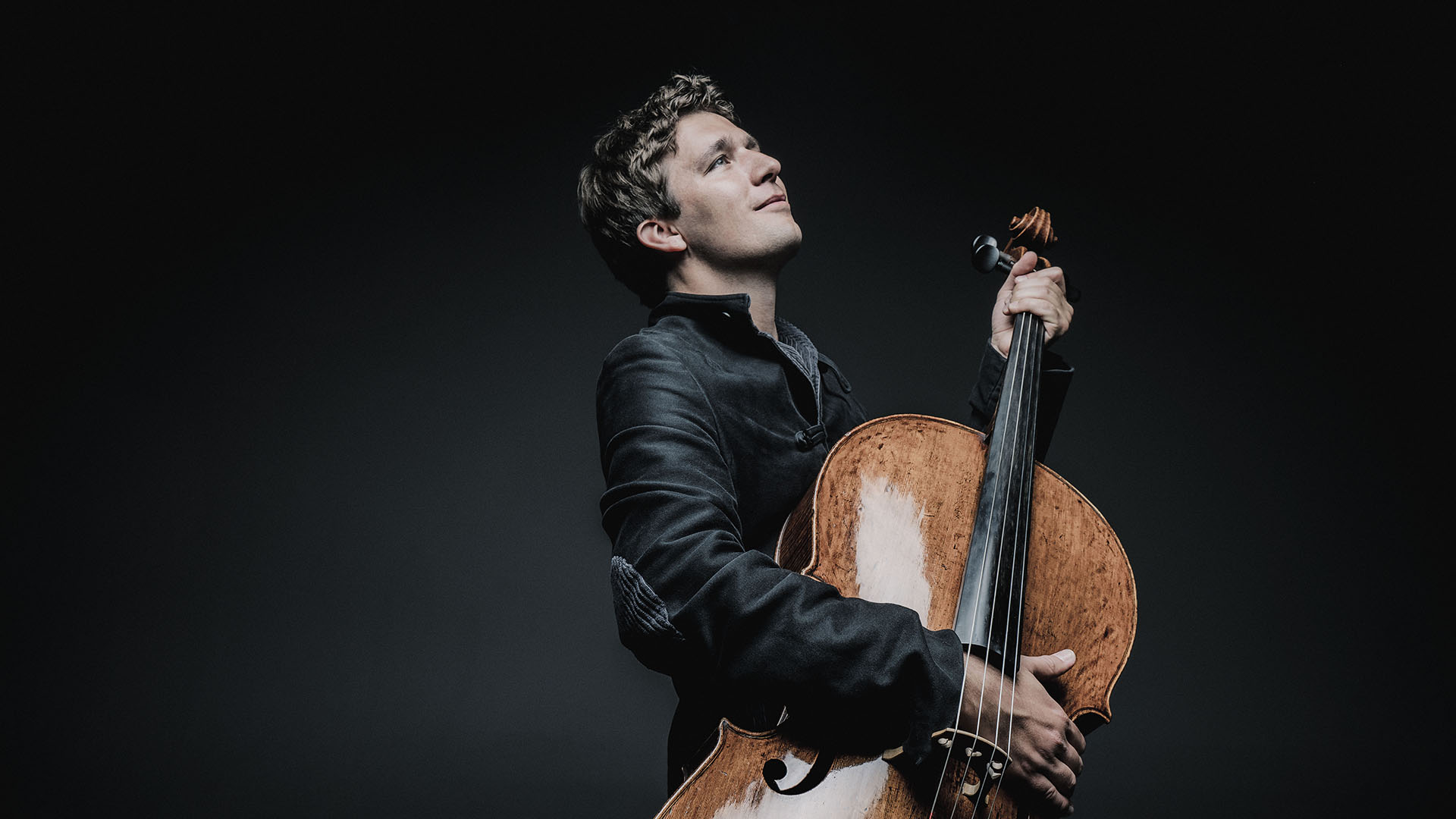Maximilian Hornung has had critics waxing poetic: “Technically wonderfully sovereign, he is above all a devoted musician.” (Rheinische Post)
Cellist Maximilian Hornung's interpretation of Schumann's concerto has had critics waxing poetic: “The wide-ranging cantilenas begin to glow internally under his hands. When he masters tricky virtuosity in the high register, it sounds as delicate as fine bobbin lace. Technically wonderfully sovereign, the native of Augsburg is above all a devoted musician.” (Rheinische Post)
Robert Schumann: Symphony No. 1 in B flat, “Spring”
Robert Schumann (1810–1856) had mostly composed only Lieder when his wife urged him to try his hand at writing for orchestra. No sooner said than done: in 1841 alone he produced three large-scale works, one of them the “Spring” symphony. Within four days he had made the sketches, and in little more than a month the orchestration. The symphony was premiered to great acclaim with Felix Mendelssohn conducting in 1841.
The symphony, said Schumann, tied in with a poem about spring by Adolf Böttger, and the opening fanfare rhythmically corresponds to the words “O wende, wende deinen Lauf / Im Thale blüht der Frühling auf!” (O, turn, O turn and change your course/In the valley, Spring blooms forth!). But the symphony was not, he said, really programmatic; spring should here be understood as a general symbol of spiritual and artistic rebirth. In the first movement, the world turns green and nature comes to life. Spring takes its leave in the finale, but summer is only just round the corner.
Robert Schumann: Cello Concerto, Op. 129
Though first and foremost a pianist, Robert Schumann (1810–1856) was very familiar with the cello. He played it as a child, and after damaging his finger, even considered making it his main instrument. His concerto was not, however, a great success. First, he vaguely called it a ‘concert piece’, and second, it was more of a poetic work characterised by singing lines and beautiful sounds than a chance for the soloist to show off in the customary way. Cellists declined the honour of premiering it after a few rehearsals and publishers turned up their noses. A week after submitting the finished score for publication, Schumann tried to drown himself in the Rhine. Not until after his death was the concerto first performed, in 1860. The soloist was the highly-esteemed Ludwig Ebert, but the orchestra could not be bothered to rehearse it and it was left to gather dust. Even today, opinions of it vary, and it has never won the unquestioned status of, say, the Romantic masterpieces by Elgar and Dvořák. The concerto is in three movements performed without a break.
Robert Schumann: Symphony in C major Op. 61
“I wrote my symphony in December 1845, and I sometimes fear my semi-invalid state can be divined from the music. I began to feel more myself when I wrote the last movement, and was certainly much better when I had finished the whole work. All the same it reminds me of that difficult period in my life.” Thus wrote Robert Schumann of his Symphony in C major, Op. 61, but the overall impression is nevertheless not particularly gloomy. The Symphony was premiered in Leipzig with Felix Mendelssohn conducting and is dedicated to King Oscar I of Sweden and Norway, who sent Schumann a medal by way of thanks.
The first movement begins with a solemn introduction and the second is a Scherzo constantly on the move. The slow third is one of the most beautiful symphonic movements Schumann ever wrote and is in all respects a veritable gem of romantic orchestral literature. The Symphony ends with an optimistic finale bearing references to the previous movements and an allusion to Beethoven’s song cycle An die fernte Geliebte.
Violin 1
Jan Söderblom
Kreeta-Julia Heikkilä
Eija Hartikainen
Katariina Jämsä
Maiju Kauppinen
Ilkka Lehtonen
Petri Päivärinne
Totti Hakkarainen
Angeles Salas Salas
Onni Kunnola
Eriikka Maalismaa
Violin 2
Anna-Leena Haikola
Kamran Omarli
Maaria Leino
Siiri Rasta
Krista Rosenberg
Anna-Maria Huohvanainen
Sanna Kokko
Harry Rayner
Virpi Taskila
Mathieu Garguillo
Serguei Gonzalez Pavlova
Viola
Atte Kilpeläinen
Torsten Tiebout
Petteri Poijärvi
Tuomas Huttunen
Kaarina Ikonen
Carmen Moggach
Mariette Reefman
Iina Marja-aho
Cello
Tuomas Ylinen
Beata Antikainen
Basile Ausländer
Veli-Matti Iljin
Ilmo Saaristo
Fransien Paananen
Bass
Ville Väätäinen
Paul Aksman
Venla Lahti
Juraj Valencik | Flute
Niamh Mc Kenna
Päivi Korhonen
Oboe
Hannu Perttilä
Jussi Jaatinen
Nils Rõõmussaar
Clarinet
Nora Niskanen
Sonja Lankinen
Bassoon
Markus Tuukkanen
Tuukka Vihtkari
Horn
Mika Paajanen
Miska Miettunen
Jonathan Nikkinen
Sam Parkkonen
Trumpet
Thomas Bugnot
Obin Meurin
Trombone
Valtteri Malmivirta
Anu Fagerström
Mario Montes Aguilera
Timpani
Mikael Sandström
Percussion
Xavi Castelló Aràndiga |

